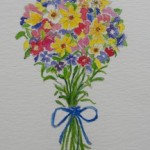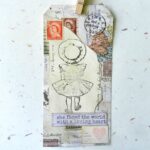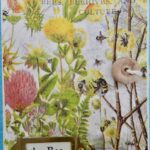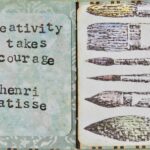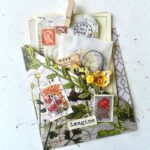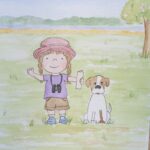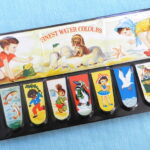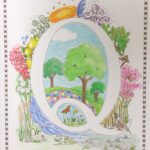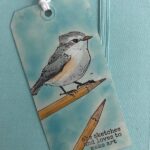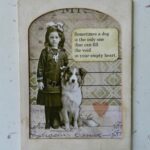Celebrating National Women’s History Month: Women in Art and Literature – Fidelia Bridges
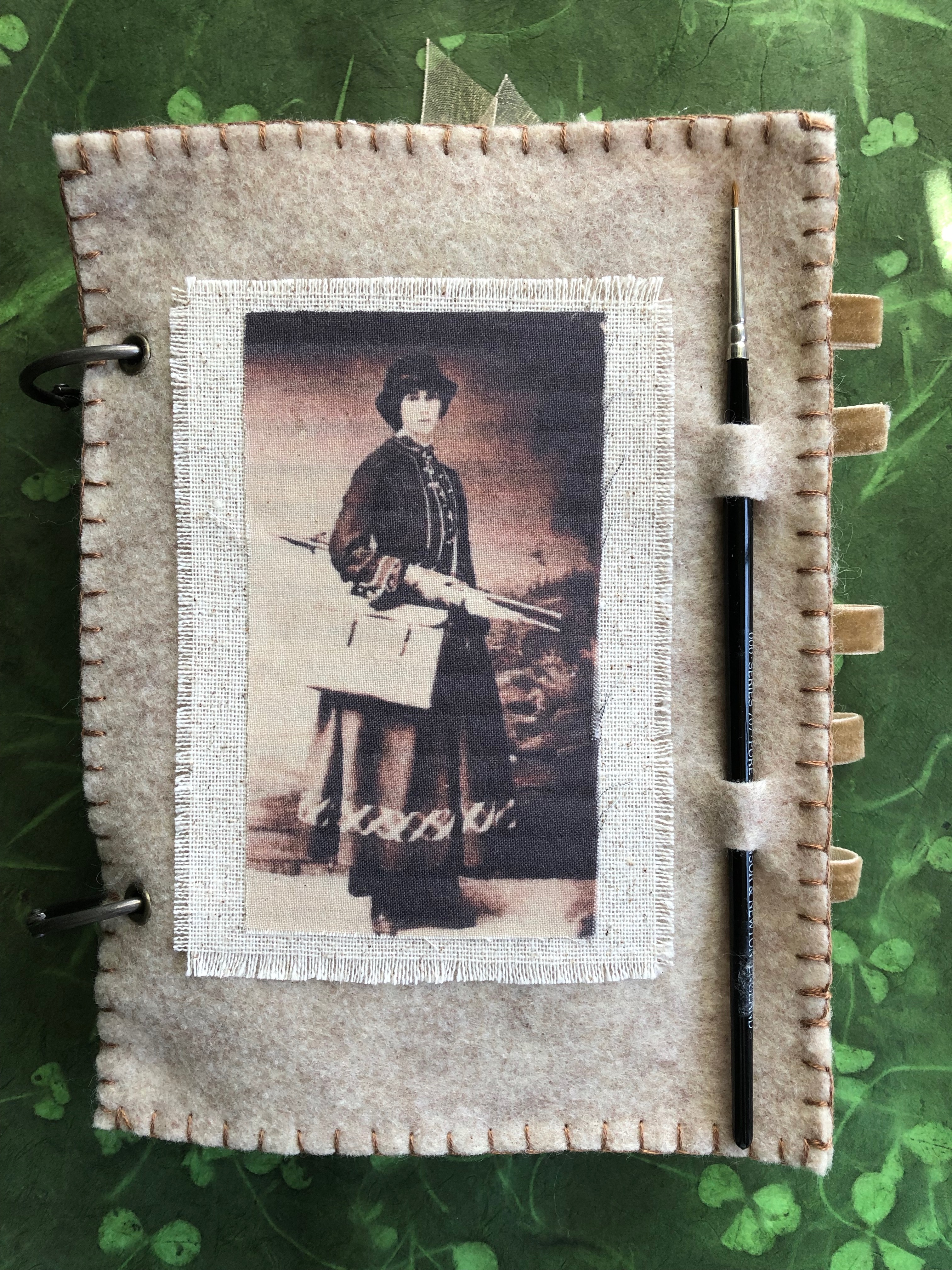
To continue my blog series on women in the arts, I would like to introduce you to Fidelia Bridges (1834-1923) who, after experiencing profound sadness and loneliness in her own young life, brought joy to others with her delicately painted watercolors of nature.
In post Civil War America, women had few opportunities and little recognition in the art world, having to navigate a circuitous landscape of discrimination. These courageous, creative women, including sculptor Harriet Hosmer, painters Elizabeth Gilbert Jerome and Fidelia Bridges, blazed trails for those to follow. After studying, painting and refining her style, Fidelia Bridges emerged as one of the most well known artists of her time, earning membership in 1874 as the first woman in the American Watercolor Society.

Born in Salem, Massachusetts, Fidelia and her three siblings were orphaned when their sea captain father died while abroad in 1849, word reaching the family just three hours after their mother, Eliza, had died. Fidelia, overcome with grief, fell ill. While recovering, she began to draw, an interest that would become her life’s compass.
Through the 1850’s and 1860’s, receiving encouragement from renowned artist, Anne Whitney, and from William Augustus Brown, who had employed her as a governess, Fidelia went on to study art in Rome and in Philadelphia with William Trost Brown. In 1868, she exhibited her art at the National Academy of Design in New York, where, in 1873, she became an associate member. In 1871, Fidelia spent the first of many summers in Connecticut with friend Oliver Ingraham Lay, a Brooklyn artist. The birds and plants of the Housatonic River and Long Island Sound inspired and focused the subject and style of her painting.

Louis Prang, a Boston printer and early promoter of Christmas cards in the United States, helped expand Fidelia’s reputation, publishing her paintings in a book of hours in 1876. She designed Christmas cards for Prang from 1881 to 1899. Fidelia limited her own notoriety, as she was not particularly interested in exhibiting her work in public, but preferred selling to a small circle of admirers, including Mark Twain. During this time, Fidelia also spent time in the Twain household in Hartford, Connecticut, as governess to Twain’s three children. She later lived in Canaan, Connecticut, where this entry from Notable American Women, 1607-1950 finds her:
She soon became a familiar village figure, tall, elegant, beautiful even in her sixties, her hair swept back, her attire always formal, even when sketching in the fields or riding her bicycle through town. Her life was quiet and unostentatious, her friends unmarried ladies of refinement and of literary and artistic task who she joined for woodland picnics and afternoon teas.
Fidelia Bridges died in 1923, in Canaan, where, to honor her, the community created a bird sanctuary in the cemetery where she is buried. The original Bridges’ home in Salem, Massachusetts, is now the Fidelia Bridges Guest House.
In the cover photograph, I see a lonely young woman embarking on an artistic journey – one that ended in a small Connecticut town, though her paintings continued to travel on to other destinations, including the Smithsonian Institution.
I am so pleased to have discovered Fidelia in my research. When I first came across her story and photo, I knew I wanted my next project to include her. She spent much time in Connecticut, as I do, and I will be seeing some of her paintings there this summer at the Wadsworth Atheneum Museum of Art in Hartford and the New Britain Museum of Art.

For this week’s art, I challenged myself to try something new – making a fabric book. The sepia-toned photograph of Fidelia Bridges inspired me and set the tone for the project, with simple pages and colors.
I loved the feel and look of the natural-color needled cotton that I found and I had the beige felt (cover) from another project. To begin, I planned each page, noting which side would need the eyelets. I used sticky notes on each page to help me keep track of what was going where. It helped to keep reviewing, especially because each page was a separate piece of fabric and would be sewn back to back to the preceding one. This allowed sewing knots to be hidden between the two pages.

Next I began to create the pages. I transferred a few of Fidelia’s paintings to muslin, then fused the muslin images to the pages with fusible interfacing. The images on the speckled linen required a thin coat of white glue to get them to adhere to the cotton page. I embellished pages with glass beads and embroidery. I used bird rubber stamps to convey the messages “She has courage” and “She hath wings” because I thought they described Fidelia. I completed each page before moving on – a system that worked well. Once a page was completed, I put the eyelets in.


After the pages were all ready, I pinned together each two, noting where the ribbon tabs would be placed. Then, using cream-colored thread, I stitched each set of pages together. The covers were prepared in the same way, but using a blanket stitch.


This became a learn-by-doing project, sometimes changing things along the way, but the final version turned out better than my initial vision. That is always a good thing.





